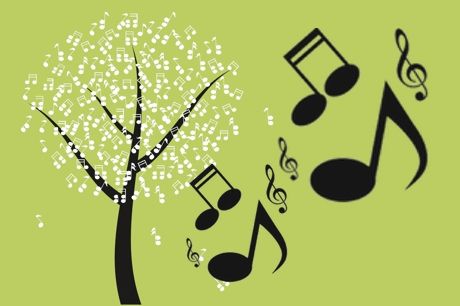Talk to violinist and music teacher Marion Walker about early childhood and music and it’s hard not to be swept up in her enthusiasm for all that music has to offer the very young, Bedrock Journalist Suzanne Kowalski-Roth writes.
For many years Marion has been delivering an early childhood music program to children which introduces them to basic musical concepts and the joy of music making.
“Studies show that music can activate all the different lobes of your brain especially when you’re playing something new that you haven’t played before,” Marion says.
The ability of music to reach beyond words, to the world of universal feelings can offer a way of expression that can be liberating.
“There are limitations in language and other ways of expressing yourself,” says Marion. “Music gives you a way to say things that can’t be said in any other way."
Music can be grounding in unexpected ways. It can also offer children a way to bond with the local community and environment.
Sound Story with Natural Materials is one of Marion’s favourite activities and it offers children a way to do all of the above.
Marion recommends letting it evolve over a few days and a collaborative approach is key to its success – it’s all about the process. One caution though, it’s important to ensure children don’t pick toxic plants in Step 1.
Step 1 - Discovery
Go out with the children and collect lots of different materials like sand, gravel, little stones, small branches, bunches of leaves, seed pods with seeds intact or flowers – whatever you can find.
Step 2 - Explore
Take your finds back into the room and discuss with the children the different ways they can make sounds. Explore the different sounds the bunch of leaves can make. Perhaps those little pebbles, if tapped together, make a different sound than if you drop them on the floor.
You could explore how water that is tipped into a container makes a different sound than if it’s splashed about by hands. Marion urges teachers to explore the different range and possibilities of sound with the children.
Step 3 - Allocate
Once you’ve decided on the sounds as a group allocate one item per child (one child might be in charge of the sand while another is in charge of the leaves) or if you don’t have enough materials you could have groups of children allocated to one material.
Step 4 – Story time
The teacher or a child can start off the story with an opening like ‘I was going for a walk in the bush’ and then they make a crunching sound with their leaves. The next child might say ‘And then I heard the trickle of the creek’ and they could make a water sound. This narrative is then built upon until every child has contributed something that is accompanied by a sound they’ve chosen. You can then culminate the story in a performance if suitable.
Story tips: You could embed your story into your community so it might actually turn out to be a story about a place, the park or about the centre where they are. The story can take many forms, limited only by imagination.



































































































































